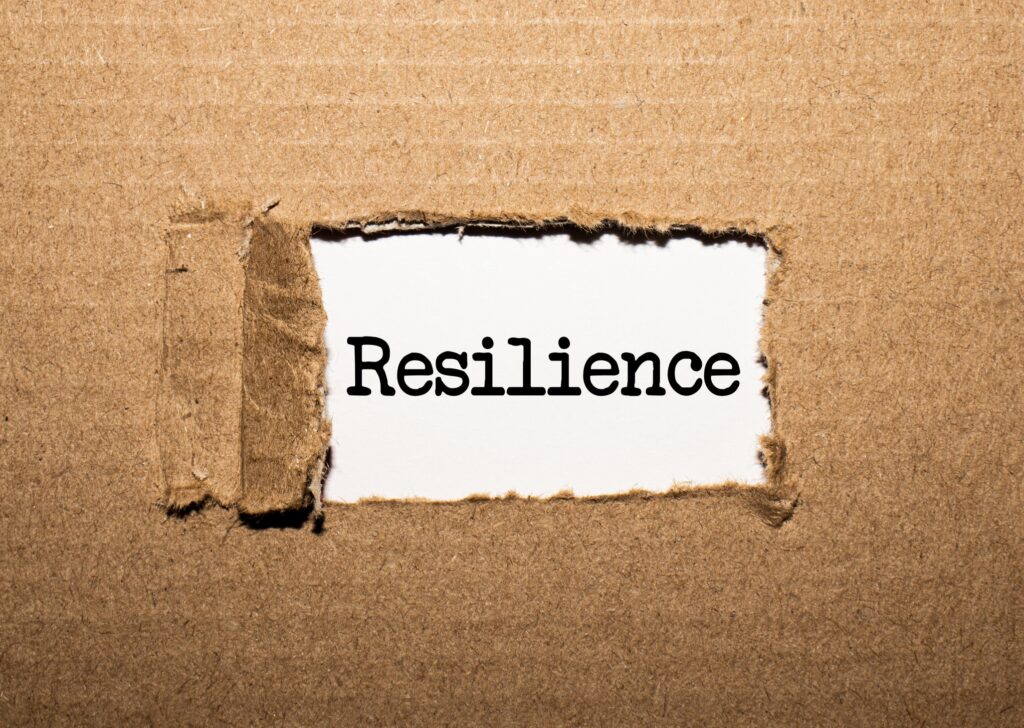Often, during the first week of treatment at The Meadows, people will skeptically inquire, “Do experiences in childhood really continue to affect my life as an adult?” While social scientists and mental health clinicians have been exploring this question for decades, other fields of science and medicine have been slow to recognize the effects of childhood adversity on adult health and well-being.
However, this trend may be changing, in part due to a very influential study by a group of researchers at the Centers for Disease Control and Prevention that are examining the long-term effects of adverse childhood experiences (ACE) on various health outcomes in over 17,000 members of a managed healthcare organization in California.
In general, the results of the ACE study1 show that adverse childhood experiences (e.g., abuse, neglect, abandonment) are relatively common and are associated with higher rates of early initiation of tobacco use and sexual activity, adolescent pregnancy, multiple sexual partners, and STD’s, intimate partner violence, alcoholism, illicit drug use, depression, and suicide attempts.
…many professionals think of the alliance between therapist and patient as a type of attachment relationship where the capacity for emotion regulation, intimacy, and resiliency can be cultivated in an environment of safety and security.
Of course, this resonates completely with our clinical experience and treatment model at The Meadows. However, these investigators also found that adverse childhood experiences are related to elevated rates of liver disease, autoimmune disease, chronic obstructive pulmonary disease, ischemic heart disease, and lower levels of health-related quality of life.
These compelling data suggest that childhood maltreatment is associated with a variety of mental, emotional, social, and physical health problems in adulthood. In fact, results such as these have led some people to elevate childhood maltreatment to the level of a “public health threat”. Yet, as indicated by the conceptual model used in the ACE study (see Figure 1), there are considerable gaps in our scientific understanding of the mechanisms and mediating pathways connecting adverse childhood experiences to the host of deleterious outcomes mentioned above.
What is Attachment Theory?
Attachment theory has proven to be a useful framework for understanding how early relational experiences influence developmental pathways and adult functioning. Over fifty years ago, John Bowlby (the “father” of attachment theory) studied adverse childhood experiences in delinquent and homeless children and found that a warm, continuous, and secure attachment relationship between caregiver and child was of critical importance, not only because this biologically-driven bond enhances survival and reproductive fitness, but also because it establishes the foundation for successful social-emotional development and resiliency throughout the lifespan.
One way that attachment security may contribute to positive health outcomes is by fostering an open, flexible, and optimistic approach to life’s diverse and often unpredictable challenges. The development of such a resilient approach to life may come about as repeated experiences in secure attachment relationships organize and optimize emotion-regulation strategies and cognitive representations of self and others (i.e., internal working models). Consistent with this view, attachment insecurity has been associated with rigid, maladaptive responses to environmental demands and difficulties in appropriately understanding, expressing, and regulating emotions.

Overcoming Childhood Adversity
As a central feature of attachment theory and resiliency, the regulation of emotion may be an important variable linking childhood adversity to the various mental, emotional, physical, and social problems described in the ACE study.
To address this clinically relevant question, my mentor and esteemed colleague, Phil Shaver, and I conducted a research study2 that has been accepted for publication in the journal of Individual Differences Research. In this study, 388 young adults completed questionnaires regarding adult attachment style (e.g., secure, avoidant, anxious), emotion regulation tendencies (e.g., emotional suppression, cognitive rumination, negative affect, emotional clarity, mood repair), and resiliency (i.e., an open, flexible, and adaptive approach to life).
Consistent with our hypotheses, the results indicated that, compared to attachment security, the two dimensions of attachment insecurity (i.e., anxiety and avoidance) were associated with lower levels of emotion regulation and resiliency. Interestingly, attachment-related anxiety and avoidance were connected to these outcomes through distinct cognitive-emotional pathways.
For example, people scoring high in attachment-related anxiety reported a greater tendency to ruminate on negative thoughts and experience negative emotions, while people scoring high in attachment-related avoidance frequently relied on suppression of emotion and reported problems in clearly understanding their emotional states.
…adverse childhood experiences (e.g., abuse, neglect, abandonment) are relatively common and are associated with higher rates of early initiation of tobacco use and sexual activity, adolescent pregnancy, multiple sexual partners and STD’s, intimate partner violence, alcoholism, illicit drug use, depression, and suicide attempts.
These results are very congruent with general theories on attachment and with my clinical experience at The Meadows. Attachment-related anxiety (similar to Love Addiction in The Meadows model) is characterized by hyperactivation of the attachment system, involving energetic and insistent attempts to attain proximity, support, and love.
Generally, these individuals are hypervigilant to possible relationship threats (i.e., rejection or separation) and respond to such threats with intense mental rumination and high levels of negative emotion (e.g., anxiety, fear, shame, or anger). On the other hand, attachment-related avoidance involves deactivation of the attachment system, inhibition of the quest for support, and a commitment to deal with threats alone. These individuals divert attention away from possible relationship threats and tend to suppress their emotions, which contributes to a lack of understanding about the nature of their emotional states.
In contrast, repeated experiences with sensitive and responsive attachment figures increase a person’s general sense of safety and security and foster optimistic beliefs about others’ trustworthiness and one’s own ability to effectively manage distress. Security-based strategies integrate cognitive and affective processes so that emotions can be openly acknowledged and clearly understood while at the same time, metabolized and expressed without one’s becoming excessively distressed or disorganized.
The Takeaway
In summary, the results of our study suggest that secure attachment relationships optimally organize emotion regulation capacities in a manner that enhances flexible adaptation to life’s demands. This relationally acquired resiliency may be underdeveloped in people who have experienced childhood adversity and may contribute to diminished health and wellness.
Fortunately, recent evidence suggests there is considerable plasticity in the neurobiological systems underpinning social-emotional processes, which means there can be meaningful changes in emotion regulation and intimate relationships. Therefore, people who have experienced childhood adversity and relational trauma are not destined to experience the negative outcomes described in the ACE study.
In fact, many professionals think of the alliance between therapist and patient as a type of attachment relationship where the capacity for emotion regulation, intimacy, and resiliency can be cultivated in an environment of safety and security. Treatment is available and there is hope for recovery.
Citations
- Felitti VJ, Anda RF, Nordenberg D, Williamson DF, Spitz AM, Edwards V, Koss MP, Marks, JS. The relationship of adult health status to childhood abuse and household dysfunction. American Journal of Preventive Medicine, 1998;14:245-258.
- Caldwell JG, Shaver PR. Exploring the Cognitive-Emotional Pathways Between Adult Attachment and Ego-Resiliency. Individual Differences Research, 2012 (Manuscript accepted for publication; available upon request).



